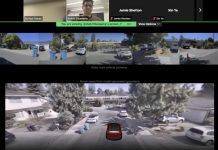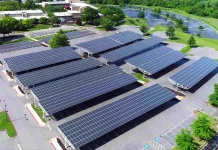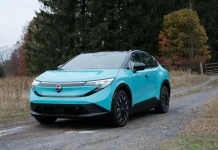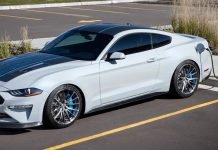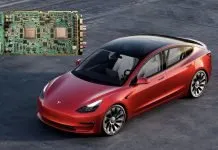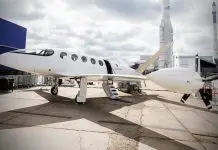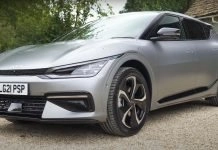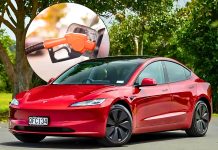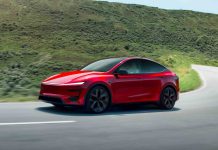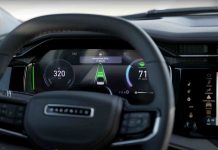Tesla has unveiled a new AI technology that can convert real-time footage of the road into a realistic, 3D, drivable map. With all eight vehicle cameras combined, Tesla engineers can now recreate detailed virtual images of actual roads, which in turn enables them to safely test the company’s Full Self-Driving (FSD) technology.
This innovation is a big step towards the realization of actual independence, given that it facilitates mass testing in simulated conditions that are actually representative of the intricacies of the real world.

From Cameras to a Virtual World
Each Tesla car captures all the visual data surrounding the car every second through its eight cameras, which record immense information. The new software combines these feeds into one 3D map through the neural networks that are able to identify road lines, vehicles, pedestrians, and signs.
Then, engineers will be able to drive through these environments in a simulator and see how FSD responds to the reality of rain, construction areas, or congested intersections. The system is even able to recreate whole drives, and teams are able to run through the situations where FSD made a mistake and how the new models would have worked.
Tesla VP of AI, Ashok Elluswamy, claims that the vehicle fleet of the company delivers the equivalent of 500 years of driving data each day. And it is this massive data that drives the neural networks that drive both FSD and the 3D reconstruction engine.
The algorithm employs strategies that are similar to Neural Radiance Fields (NeRF), which is a more advanced algorithm that converts 2D images into a realistic 3D image. The neural networks process the frame of the footage, introduce depth and color to each frame, and motion to create a so-called vector space environment that acts as though it were the real world.
Tesla has developed a way to generate a real-time 3D drivable environments using footage from all 8 cameras on its vehicles. This lets Tesla engineers virtually “drive” inside a fully simulated version of the real world with the goal of improving FSD.
It's like a video game lol https://t.co/LntQAmmsF7 pic.twitter.com/FBFc7EK4I7
— Sawyer Merritt (@SawyerMerritt) October 23, 2025
This is computationally intensive to run in real time. The data is processed through enormous clusters of GPUs in the cloud used by Tesla. These tools allow engineers to experiment with an unlimited number of possibilities without exposing either a real car or the safety of anybody to danger.
Elon Musk has explained that AI simulation tools made by Tesla can be able to predict incredibly precise physics that will enable the FSD system to learn to react to real-world scenarios without real-life experiments.
Built for Safer and Faster Testing
The virtual driving environment enables engineers to reproduce some uncommon or risky scenarios that are almost impossible or too risky to be tested on public roads. As an illustration, they are able to cause unforeseen risks like a running pedestrian, thick fog, or a car swerving out of control.
There is also the closed-loop testing process offered by the tool. When an FSD version is presented with a problem in the real world, engineers can input the data into the simulator, re-train the AI, and run the solution virtually. This fast cycle saves much more time in development and provides a greater level of safety.
Challenges and Future Potential
Real-time 3D simulation is powerful, but it still requires immense computing power and sophisticated data management. The process of training the models may take days or even weeks, and even making the simulations correspond to the real-world physics is a problem.
Tesla also had its Dojo supercomputer for AI training, but now it has transferred a significant portion of the workload to large-scale GPU clusters. Synthetic environments are constantly checked by engineers to ensure that they are representative of real-life dynamics to prevent the AI from being fooled.
Other than self-driving, the same simulation technology could benefit Tesla’s Optimus robot and future factory automation systems. The ability to create accurate, interactive digital worlds offers training opportunities far beyond cars.

